When Krishna Bahadur Chitrakar ended his years of service as a court painter to Babar Shumsher Rana in the early 20th century, he was offered the customary gift of a plot of land. Chitrakar refused, choosing a camera instead. With this early camera in hand, Chitrakar went on to establish Nepal’s first private studio. Chitrakar was lucky, in that he had been handpicked by the aristocrats of the day – the Ranas – to channel his creative dexterity through the new medium of photography. Ranas like Dambar Shumsher (1858 – 1922), the first Nepali photographer, encouraged artisan Newars like Chitrakar to pick up cameras, hiring them to photograph officiating ceremonies, marriages and other important social events. In the second decade of the 20th century, which saw the arrival of smaller and more portable cameras, older models were handed down to court photographers as gifts. Nepal’s first private studios were started by these very photographers. Facing the camera: A history of Nepali studio photography is an exhibition that traces the evolution of the art form in the mountainous country. [caption id=“attachment_2854700” align=“alignnone” width=“825”]
 Aata Hussain Sheikh Collection Nepal Picture Library[/caption] According to the Nepal Picture Library’s website, the exhibition was curated by photo.circle by choosing material from the 52,000+ images in the library’s digital collection. Danish Center for Culture and Development (CKU) supported the initiative. [caption id=“attachment_2854702” align=“alignleft” width=“825”]
Aata Hussain Sheikh Collection Nepal Picture Library[/caption] According to the Nepal Picture Library’s website, the exhibition was curated by photo.circle by choosing material from the 52,000+ images in the library’s digital collection. Danish Center for Culture and Development (CKU) supported the initiative. [caption id=“attachment_2854702” align=“alignleft” width=“825”]
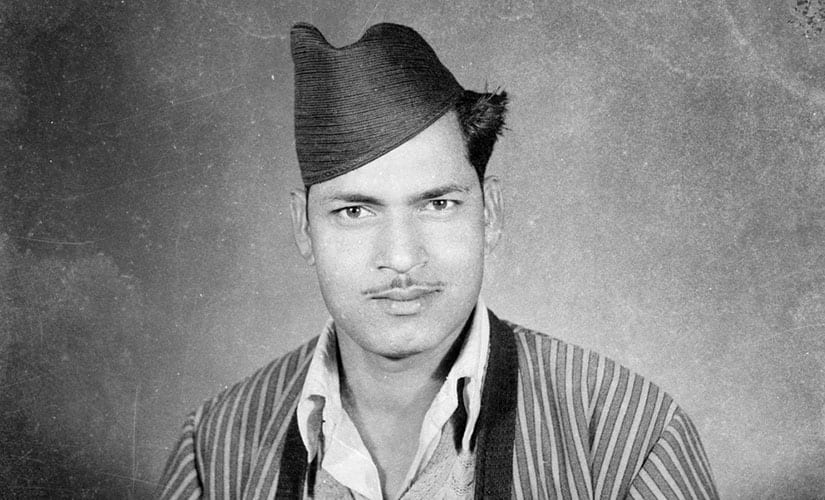 Aata Hussain Sheikh Collection Nepal Picture Library[/caption] The exhibition examines how people expressed themselves through their style, possessions and posture. It also explores issues of progression and self-identity in four different time periods: The Early Photographers, The Early Clients, Rebelling and Experimenting and The Digital Era. [caption id=“attachment_2854704” align=“alignnone” width=“825”]
Aata Hussain Sheikh Collection Nepal Picture Library[/caption] The exhibition examines how people expressed themselves through their style, possessions and posture. It also explores issues of progression and self-identity in four different time periods: The Early Photographers, The Early Clients, Rebelling and Experimenting and The Digital Era. [caption id=“attachment_2854704” align=“alignnone” width=“825”]
 Ravi Mohan Shrestha Collection Nepal Picture Library[/caption] The early photographers usually covered ceremonies, marriages and other important events in the lives of the Rana aristocrats. A lot of equipment was needed to process and develop a photograph and the entire process was quite expensive. That changed in the 1920s when cameras became smaller and more portable,
according to Photo Kathmandu
. [caption id=“attachment_2854708” align=“alignnone” width=“825”]
Ravi Mohan Shrestha Collection Nepal Picture Library[/caption] The early photographers usually covered ceremonies, marriages and other important events in the lives of the Rana aristocrats. A lot of equipment was needed to process and develop a photograph and the entire process was quite expensive. That changed in the 1920s when cameras became smaller and more portable,
according to Photo Kathmandu
. [caption id=“attachment_2854708” align=“alignnone” width=“825”]
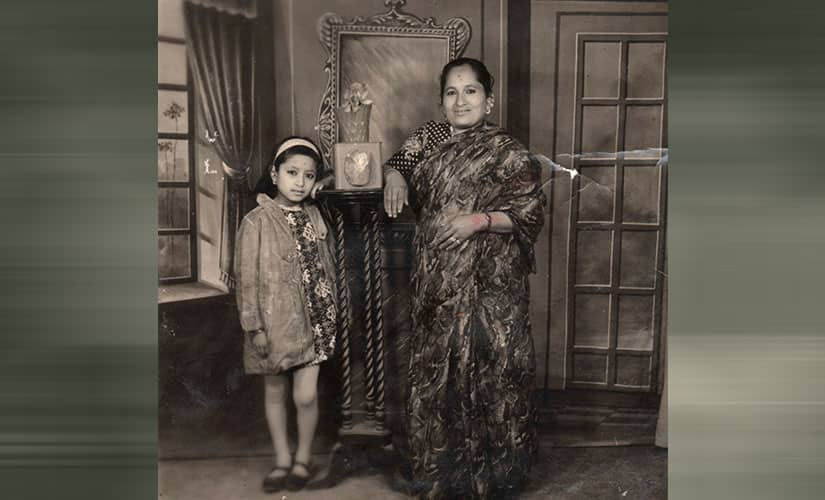 Keshari Suwal Collection Nepal Picture Library[/caption] The main clients of the early studio photographers were members of Kathmandu’s middle-class, according to Photo Kathmandu. Photographs gave them the feeling that they had climbed the social ladder successfully. hey even struck poses in a way similar to the ones adopted by aristocrats. [caption id=“attachment_2854710” align=“alignnone” width=“825”]
Keshari Suwal Collection Nepal Picture Library[/caption] The main clients of the early studio photographers were members of Kathmandu’s middle-class, according to Photo Kathmandu. Photographs gave them the feeling that they had climbed the social ladder successfully. hey even struck poses in a way similar to the ones adopted by aristocrats. [caption id=“attachment_2854710” align=“alignnone” width=“825”]
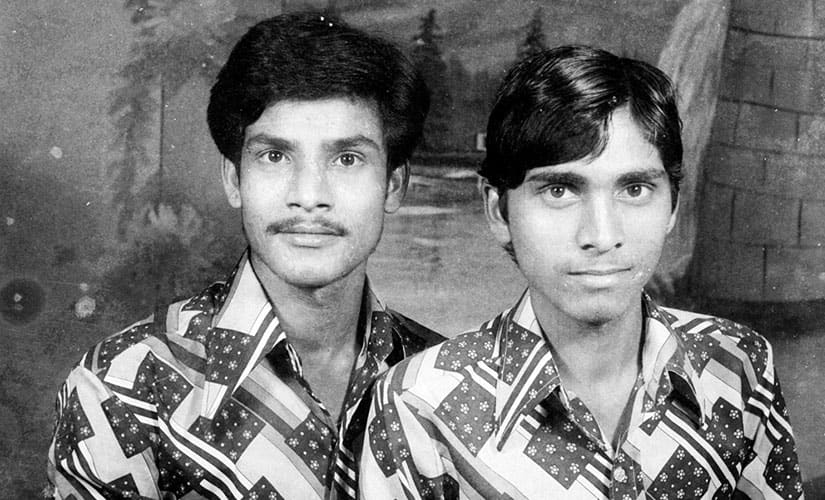 Aata Hussain Sheikh Collection Nepal Picture Library[/caption] In the 1960s, as photographs became mandatory for government documents, studios became more common in cities. However, the subjects no longer wanted studied poses, instead they went for candid photos. The development of photographic technology also helped the photographers get more creative. [caption id=“attachment_2854712” align=“alignnone” width=“825”]
Aata Hussain Sheikh Collection Nepal Picture Library[/caption] In the 1960s, as photographs became mandatory for government documents, studios became more common in cities. However, the subjects no longer wanted studied poses, instead they went for candid photos. The development of photographic technology also helped the photographers get more creative. [caption id=“attachment_2854712” align=“alignnone” width=“825”]
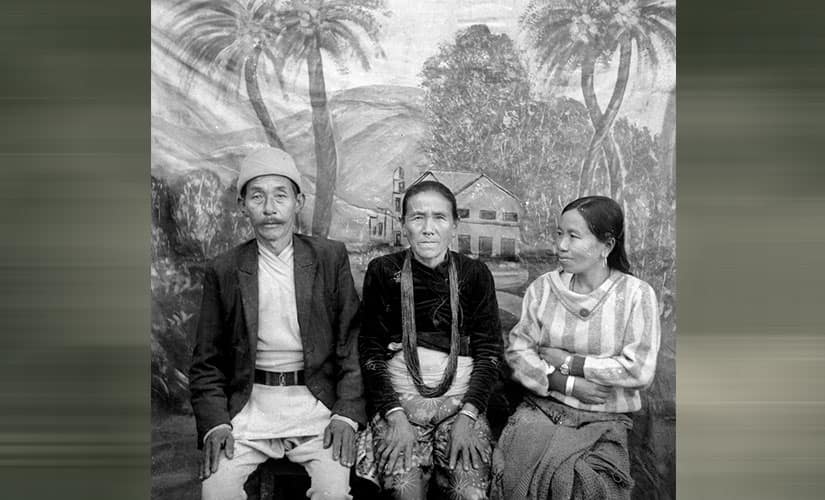 Prakash KC Collection Nepal Picture Library[/caption] The ’70s and ’80s were the era of experimentation, where the photographers’ creativity met studio props such as items of clothing and different backgrounds on the canvas backdrop, according to Photo Kathmandu. [caption id=“attachment_2854716” align=“alignnone” width=“825”]
Prakash KC Collection Nepal Picture Library[/caption] The ’70s and ’80s were the era of experimentation, where the photographers’ creativity met studio props such as items of clothing and different backgrounds on the canvas backdrop, according to Photo Kathmandu. [caption id=“attachment_2854716” align=“alignnone” width=“825”]
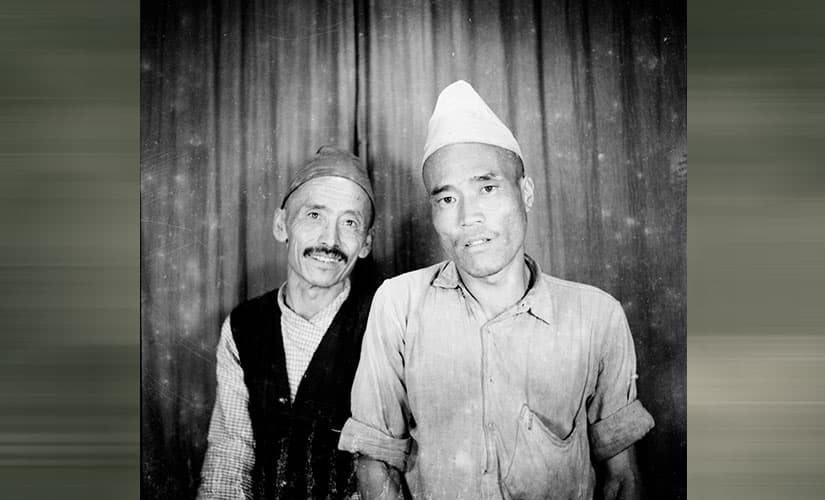 Uttam Bahadur Shrestha Collection Nepal Picture Library[/caption] It took the Nepal Picture Library five years to collect historical photographs from personal collections such as family albums and professional ones from institutions like photo studios all over Nepal, and then digitise them in order to make them available for public access. [caption id=“attachment_2854718” align=“alignnone” width=“825”]
Uttam Bahadur Shrestha Collection Nepal Picture Library[/caption] It took the Nepal Picture Library five years to collect historical photographs from personal collections such as family albums and professional ones from institutions like photo studios all over Nepal, and then digitise them in order to make them available for public access. [caption id=“attachment_2854718” align=“alignnone” width=“825”]
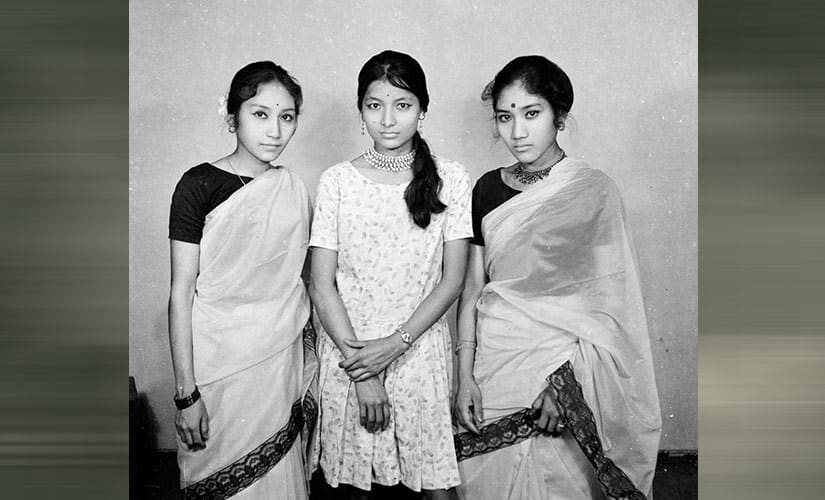 Purna Bahadur Shrestha Collection Nepal Picture Library[/caption] NPL is giving public access to their collected photos through through exhibitions, publications, slideshows and festivals, according to the official website. It is also making it available to schools so that teachers can use it as an alternative way to approach their subjects. [caption id=“attachment_2854720” align=“alignnone” width=“825”]
Purna Bahadur Shrestha Collection Nepal Picture Library[/caption] NPL is giving public access to their collected photos through through exhibitions, publications, slideshows and festivals, according to the official website. It is also making it available to schools so that teachers can use it as an alternative way to approach their subjects. [caption id=“attachment_2854720” align=“alignnone” width=“825”]
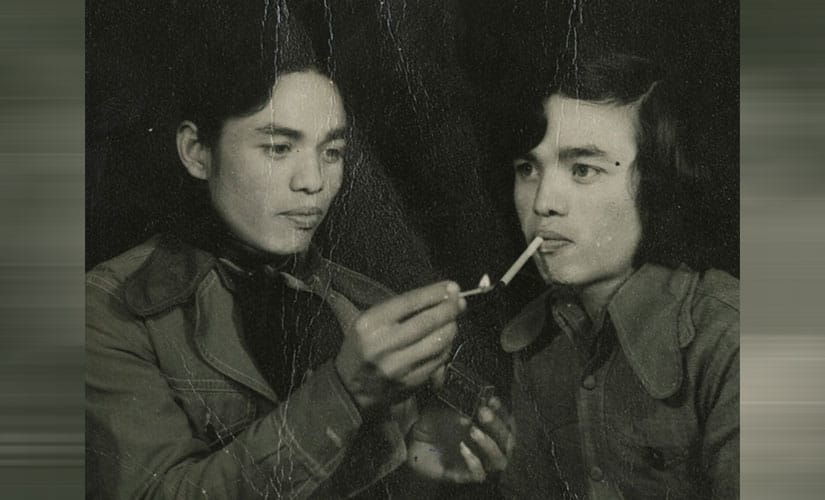 Sanjay Sthapit Collection Nepal Picture Library[/caption] NPL aims to collaborate with public museums to reach out to a wider audience and bringing Facing the Camera to the Patan Museum is one way they expect to do so. [caption id=“attachment_2854728” align=“alignnone” width=“825”]
Sanjay Sthapit Collection Nepal Picture Library[/caption] NPL aims to collaborate with public museums to reach out to a wider audience and bringing Facing the Camera to the Patan Museum is one way they expect to do so. [caption id=“attachment_2854728” align=“alignnone” width=“825”]
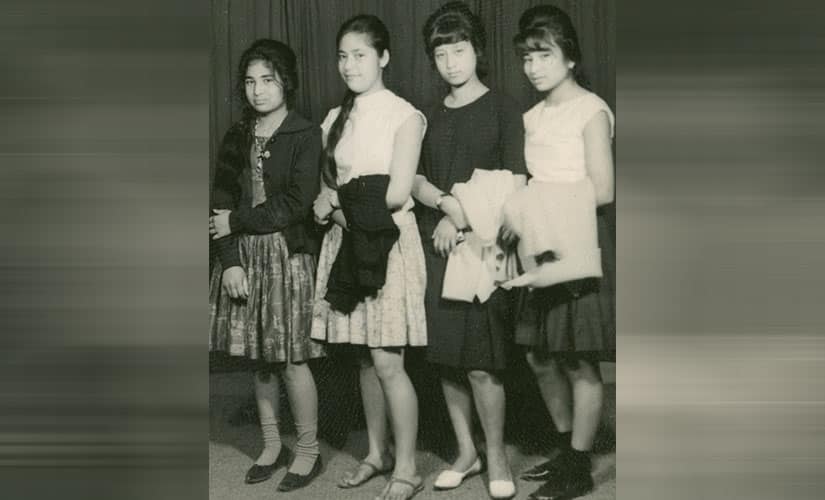 Bidhan Ratna Yami Collection[/caption] Facing the Camera: A History of Nepali Studio Photography is on till 12 August, 2016 at the Patan Museum, in Lalitpur, Kathmandu, Nepal.
Bidhan Ratna Yami Collection[/caption] Facing the Camera: A History of Nepali Studio Photography is on till 12 August, 2016 at the Patan Museum, in Lalitpur, Kathmandu, Nepal.
Say cheese: 'Facing the Camera' focuses on the evolution of studio photography in Nepal
Manik Sharma
• June 25, 2016, 11:02:48 IST
Facing the camera: A history of Nepali studio photography is an exhibition that traces the evolution of the art form in the mountainous country.
Advertisement
)
End of Article